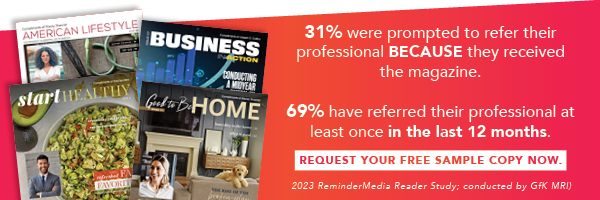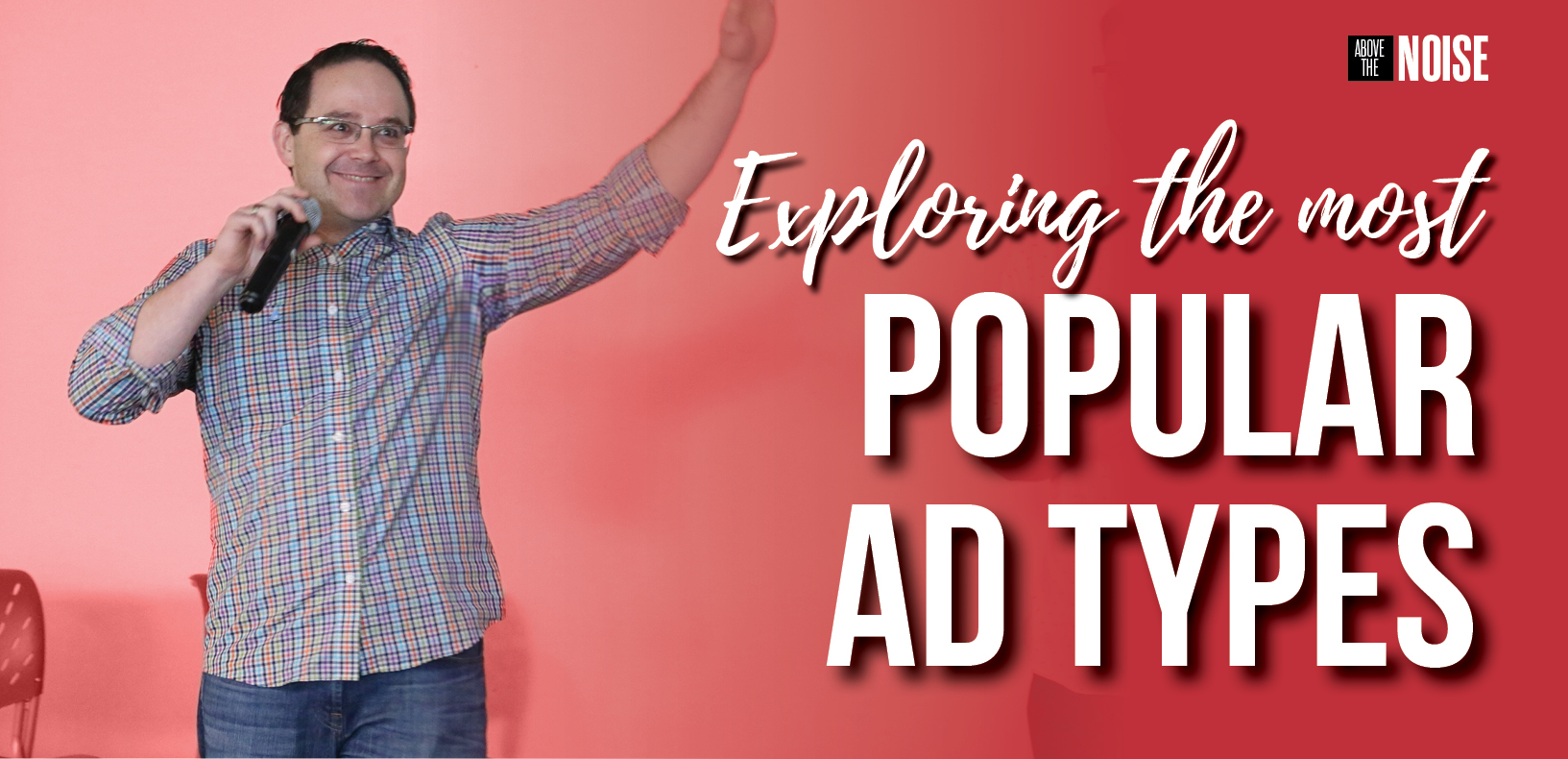Advertising on Facebook can be one of the most effective ways to get new leads and grow relationships. But, unless you go in with a plan, you’ll expend a lot of time, energy, and money perfecting your approach.
Luckily, Facebook Ads Manager allows for split-testing, which means you can simultaneously test out different variables in your marketing campaigns—allowing you to determine which approaches will work best, and using that information to inform your future campaigns.
Here are five different split tests you can run on Facebook, along with the potential benefits of each one.
1. Experiment with ad copy
Are you working to get better at writing copy for your Facebook marketing campaigns? By running the same ad and changing only the language used to entice your leads, you’ll get a good idea of what works and what doesn’t.
While this approach isn’t practical for every ad you’re going to run, it can be useful when you’re first getting into the Facebook ad game. Split testing gives you a way to hone your craft while spending less money. Start out with a relatively small ad spend (as little as $5 or $10 a day) with the difference in ad copy being the only variable.
If there’s a significant difference in engagement, you can replicate the tone of the more successful copy in future ads.
Some of the text you could change here might include:
- Lead copy
- Link headline
- Call to action button
In order for this approach to yield results, be sure to only change one section of text per test—if you change multiple variables at once, there’ll be no telling which one was the difference-maker for your ad.
2. Lead with different visuals
Facebook’s split testing gives you the ability to experiment with many aspects of your marketing, and that includes the images or videos you’re using.
One area where this approach could really work in your favor is a branding ad. If you’re sharing a behind the scenes photo or video of your business, you could use split testing to find out how audiences react to a serious, inspirational message, as opposed to something a little more light-hearted.
As you learn more about what kind of images your ideal client base responds to, you can continue to refine your approach and optimize your ad images.
3. Use different landing pages
Whether your goal is to drive purchases of a product or encourage sign-ups for an event, like an open house or webinar, you need to ensure you have a rock-solid landing page.
Since you’ll probably be pouring a lot of money into advertising your product or event, it’s a good idea to figure out early on how effective your landing page is. To do this, you can create two (or more) versions and split test them.
Leave all other creative, targeting, and placement options the same across both ads. Then, run the ad and see which version of the page gets you the most conversions. Once you see which landing page is the most effective, you can increase your spending on just that version.
4. Market to different target audiences
Are you wondering how your ads might perform if you shift certain demographic information just a little bit?
For example, you might be a real estate agent looking to connect with first-time homebuyers in a certain neighborhood. How would you fare if you raised your age limit slightly, or if you stopped targeting only a specific zip code and expanded your search to an entire town?
By using split testing, you can view the results of your marketing efforts side-by-side—eliminating the need to create all those extra ads.
5. Test reach vs. impression
Facebook allows you to specify whether your ads are optimized for the maximum reach (getting in the feeds of more individuals) or impressions (appearing multiple times for the same person).
There are potential benefits to both approaches. Old school marketers swear by the Rule of 7, which suggests that prospects need to encounter your message seven times before they’ll be willing to buy. If this is your belief, you might want to optimize your ad for impressions.
We generally encourage service-based sales professionals to maximize the reach of their ads—choosing “Reach” not just as the optimization method, but also as the overall objective of the ad. The idea is to cast a wide net and generate a greater number of relevant leads, who you can then nurture. Ultimately, with enough effort on your part, this potential client will hear your message far more than the requisite seven times.
You know where this is going by now. Facebook’s split testing makes it so you don’t have to choose between Reach and Impressions. Instead, you can find out whether a given ad gets better ROI when it’s viewed by more people or viewed more times by the same audience.
There you have it: five split testing techniques you can start using today to figure out which approaches will work best for your business.









 Apple Podcasts
Apple Podcasts
 Google Play
Google Play
 Spotify
Spotify















